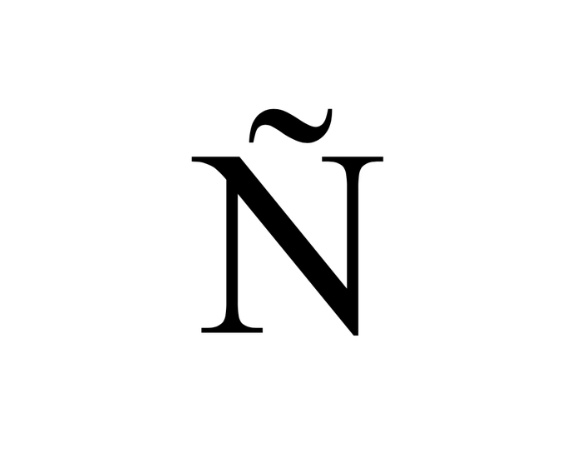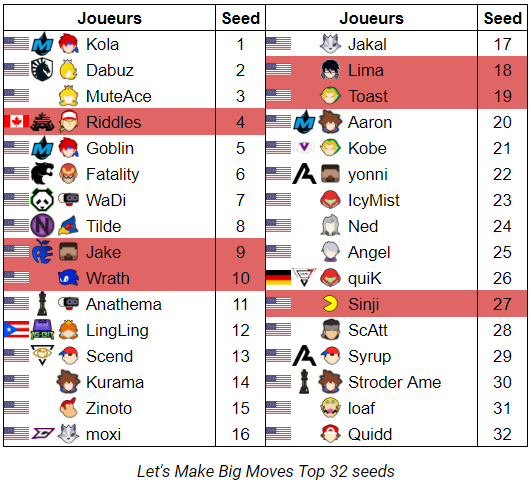

Some languages and alphabets use the tilde for other purposes: In Estonian, the symbol ⟨õ⟩ stands for the close-mid back unrounded vowel, and it is considered an independent letter. If no precomposed unicode character exists, the unicode character 'COMBINING TILDE BELOW' (U+0330) " ̰ " can be used to generate one. A tilde below a letter indicates laryngealisation, e.g.


If no precomposed unicode character exists, the unicode character 'COMBINING TILDE OVERLAY' (U+0334) " ̴ " can be used to generate one. A tilde superimposed onto the middle of a letter indicates velarization or pharyngealization, e.g.A tilde above a letter indicates nasalization, e.g.In phonetics, a tilde is used as a diacritic either placed above a letter, below it or superimposed onto the middle of it (see International Phonetic Alphabet → Diacritics): In Vietnamese, a tilde over a vowel represents a dipping tone ( ngã). Current languages in which the tilded ⟨n⟩ (⟨ñ⟩) is used for the palatal nasal consonant /ɲ/ include: In addition, the word tilde can refer to any diacritic in this language for example, the acute accent in José is also called a tilde in Spanish. In this language, ⟨ñ⟩ is considered a separate letter called eñe ( IPA: ), rather than a letter-diacritic combination it is placed in Spanish dictionaries between the letters ⟨n⟩ and ⟨o⟩. The tilded ⟨n⟩ (⟨ñ⟩, ⟨Ñ⟩) developed from the digraph ⟨nn⟩ in Spanish. For example ⟨an⟩ gives the pronunciation whereas ⟨añ⟩ gives. In Breton, the symbol ⟨ñ⟩ after a vowel means that the letter ⟨n⟩ serves only to give the vowel a nasalised pronunciation, without being itself pronounced, as it normally is. For example, is the transcription of the pronunciation of the word "Lyon" in French (inherited from Portuguese as well). In the International Phonetic Alphabet (IPA) and many other phonetic alphabets.Several native languages of South America, such as Guarani and Nheengatu, inherited from Portuguese.Current languages and alphabets in which the tilde is used as a sign of nasalization include: It indicates nasalization of the base vowel: mão "hand", from Lat. It is also as a small ⟨n⟩ that the tilde originated when written above another letters, marking a Latin ⟨n⟩ which had been elided in old Galician-Portuguese. The tilde was also used occasionally to make other abbreviations, such as over the letter ⟨q⟩ (" q̃") to signify the word que ("that"). It was also used in Portuguese, Catalan and Spanish. (Compare the development of the umlaut as an abbreviation of ⟨e⟩.) The practice of using the tilde over a vowel to indicate omission of an ⟨n⟩ or ⟨m⟩ continued in printed books in French as a means of reducing text length until the 17th century. When an ⟨n⟩ or ⟨m⟩ followed a vowel, it was often omitted, and a tilde (i.e., a small ⟨n⟩) was placed over the preceding vowel to indicate the missing letter this is the origin of the use of tilde to indicate nasalization. Later, it was used to make abbreviations in medieval Latin documents. AbbreviationĬarta marina showing Finnish economy, with the captions Hic fabricantur naves and Hic fabricantur bombarde abbreviated It was first used in the polytonic orthography of Ancient Greek, as a variant of the circumflex, representing a rise in pitch followed by a return to standard pitch. In some languages, the tilde is used as a diacritical mark ( ˜ ) placed over a letter to indicate a change in pronunciation, such as nasalization. Another approximation symbol is ≈, meaning "approximately equal to." Diacritical use It can mean "similar to", including "of the same order of magnitude as", such as "x ~ y" meaning that x and y are of the same order of magnitude. This symbol (in English) sometimes means "approximately", such as "~30 minutes ago" meaning "approximately 30 minutes ago". 4.2.1 Unicode and Shift JIS encoding of wave dash.Especially in lexicography the tilde as a separate character or swung dash ( ⁓) is used in dictionaries to indicate the omission of the entry word. And there are additional similar characters for different roles. These are encoded in Unicode at U+0303 ◌̃ combining tilde and U+007E ~ tilde (as a spacing character). It was originally written over a letter as a mark of abbreviation, but has since acquired a number of other uses as a diacritic mark or a character in its own right. The name of the character comes from Portuguese and Spanish, from the Latin titulus meaning "title" or "superscription", though the term "tilde" has evolved and now has a different meaning in linguistics. The tilde ( / ˈ t ɪ l d ə /, / ˈ t ɪ l d i / ˜ or ~ ) is a grapheme with several uses.


 0 kommentar(er)
0 kommentar(er)
